Sandra Froese
Advisor: Eduardo Aquino
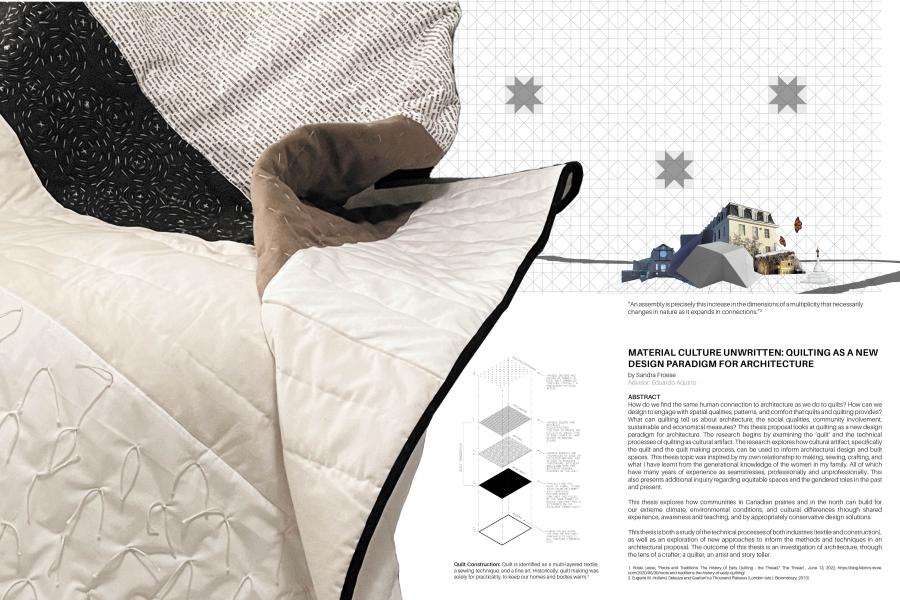
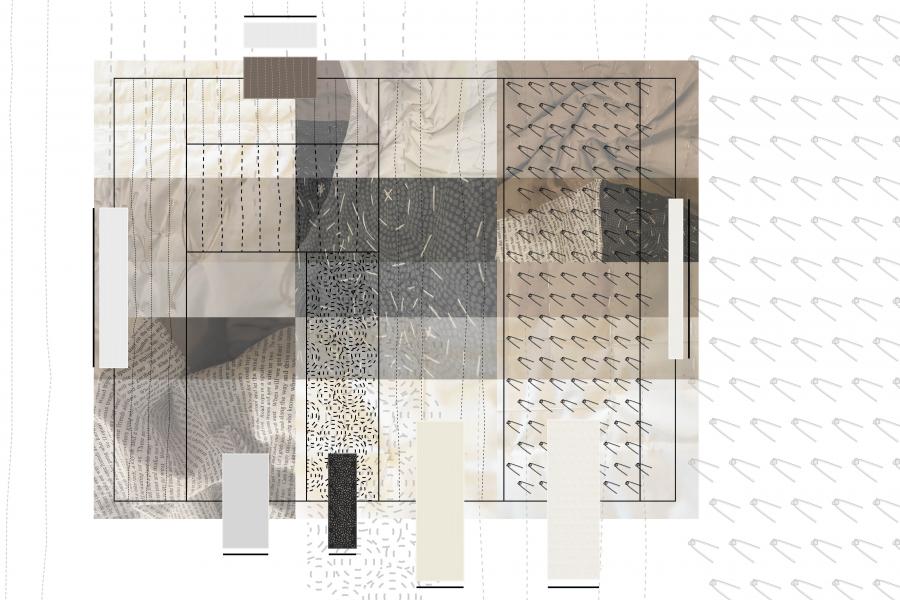
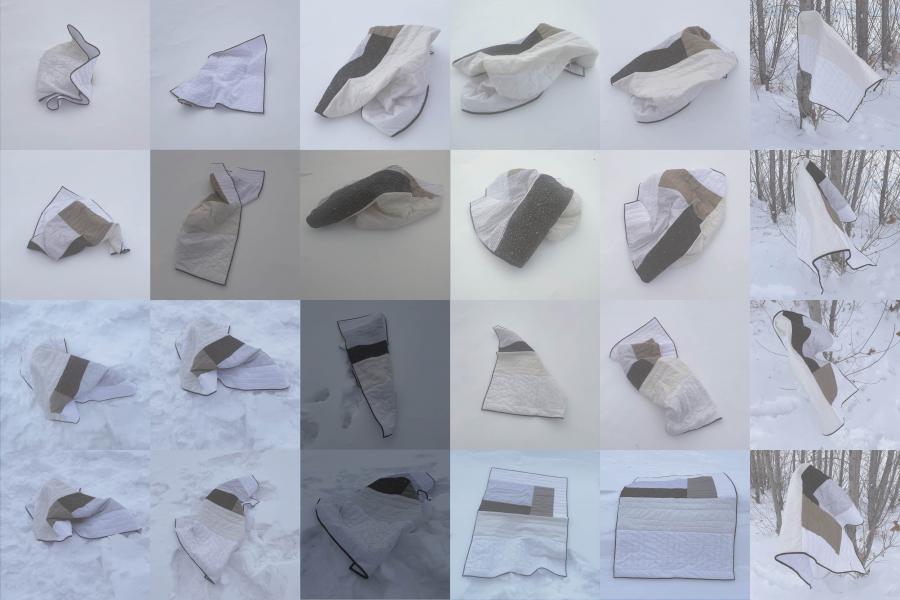
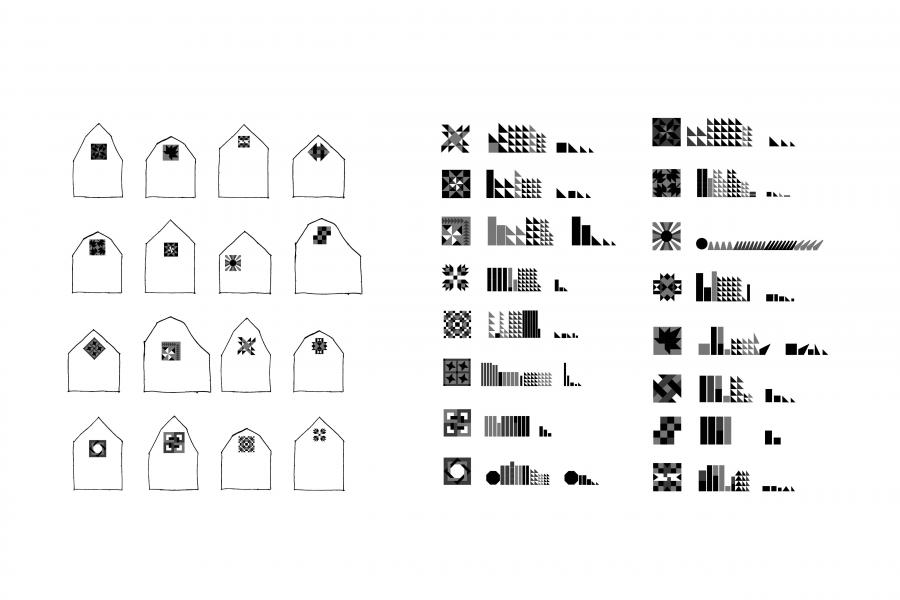
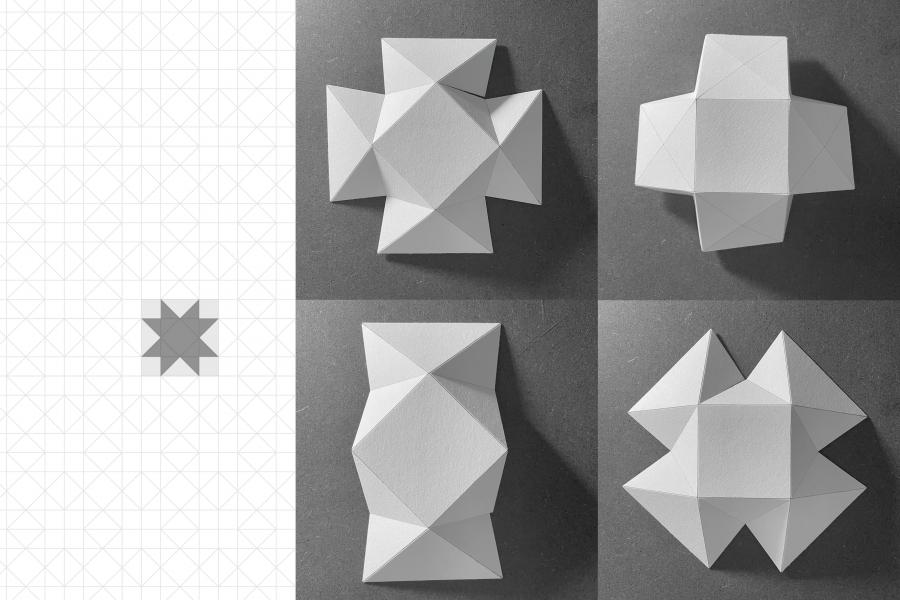
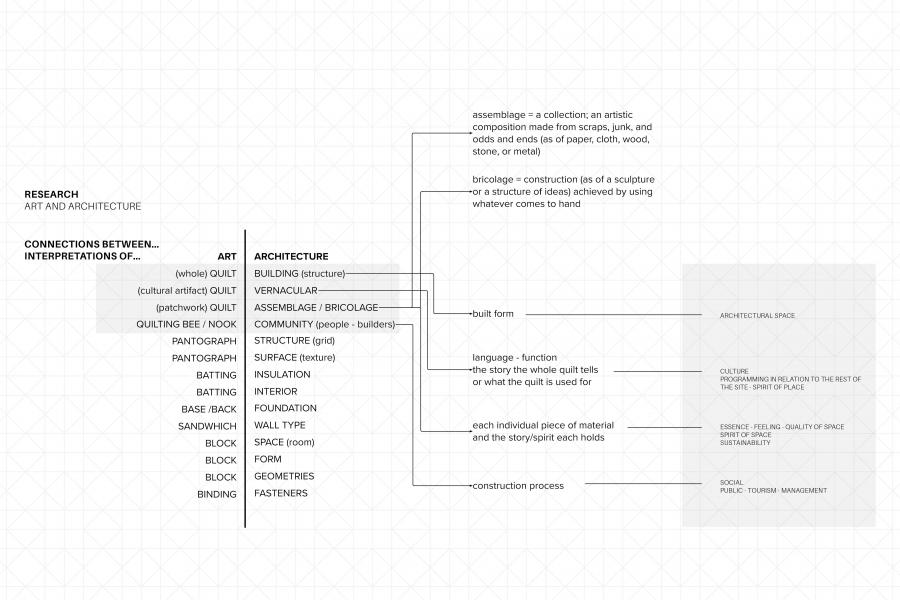
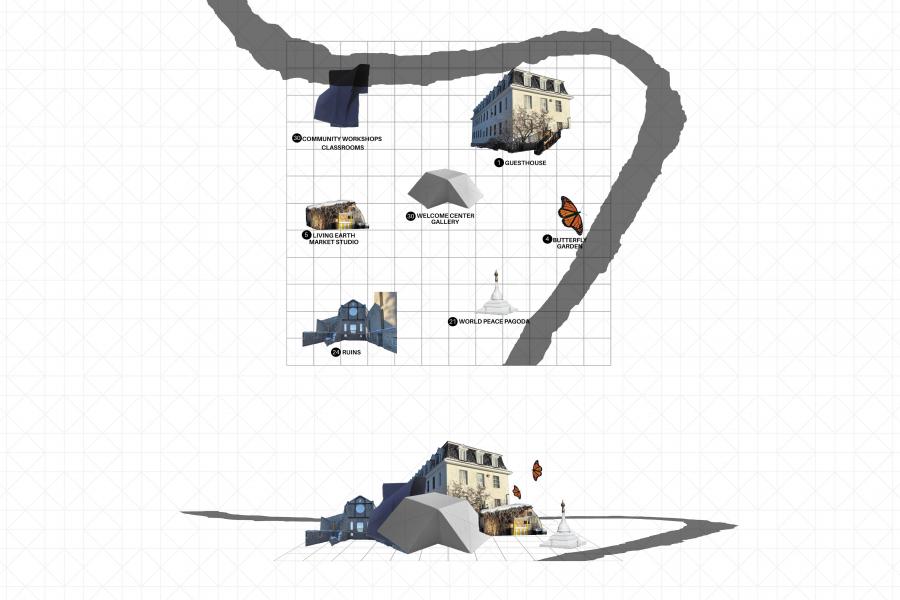
Material Culture Unwritten: Quilting As A New Design Paradigm For Architecture
How do we find the same human connection to architecture as we do to quilts? How can we design to engage with spatial qualities, patterns, and comfort that quilts and quilting provides? What can quilting tell us about architecture; the social qualities, community involvement, sustainable and economical measures? This thesis proposal examines quilting as a new design paradigm for architecture.
This research begins by exploring the construction and craft of quilt making and the technical processes of quilting as cultural artifact. The research explores how cultural artifact, specifically the quilt and the quilt making process, can be used to influence or be translated into a form of architectural process, detail, or system for urban/rural areas in extreme cold climates (areas that experience long winter conditions); the Canadian prairies and northern communities. This will be addressed by aiming to analyze and understand various technical and constructional processes in quilt making. Further, a part of this critical inquiry is drawing parallels of building construction to findings of technical and constructional processes in quilt making.
Quilt is identified as a multi-layered textile, a sewing technique, and a fine art. Historically, quilt making was solely for practicality, to keep our homes and bodies warm.1 “The basic construction of using layers of material with or without padding between them has been a form of protection and insulation for the human body and a covering of protection for both beds and floors for thousands of years.”2 Modern day quilt making still holds these same functions, however it has transitioned from a practical necessity to a decor item and/or fashion statement. Quilting is an art form much like architecture. Both of which contain various typologies, methods, and characteristics that have direct and indirect relations; literal and metaphorical relations.
This thesis is both a study of the technical processes of both industries (textile and construction), as well as an exploration of new approaches to inform the methods and techniques in an architectural proposal. The outcome of this thesis is an investigation of architecture, through the lens of a crafter; a quilter, an artist and story teller.
1. Rosie Lesso, “Roots and Traditions: The History of Early Quilting - the Thread,” The Thread , June 13, 2022, https://blog.fabrics-store.com/2020/06/30/roots-and-traditions-the-history-of-early-quilting/.
2. Ally Harris, “A History of Quilting,” Albert County Museum & RB Bennett Centre (Albert County Museum & RB Bennett Centre, July 8, 2015), https://www.albertcountymuseum.com/news/2015/7/8/a-history-of-quilting.
